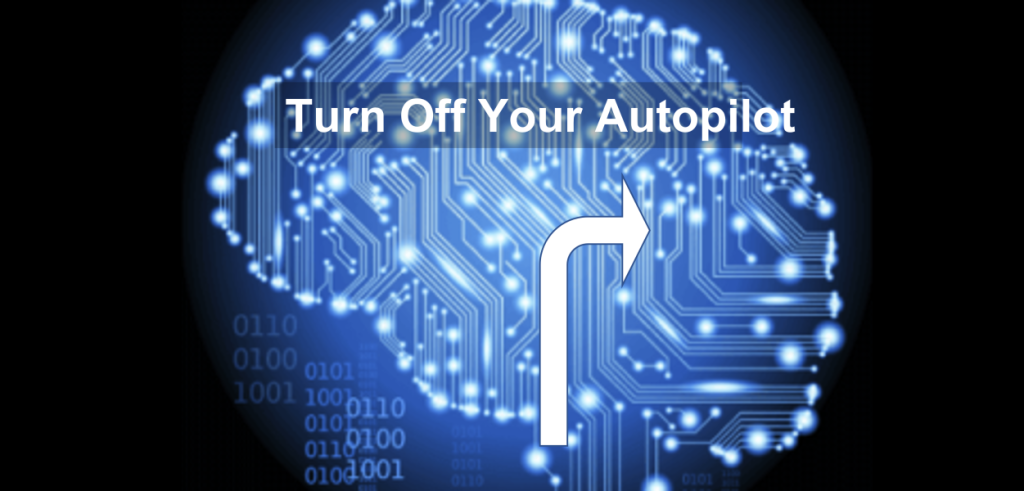
Turn Off Your Autopilot
Have you ever taken a turn in your car that you hadn’t intended because it was on a route that you often used? School run maybe or gym (I know, I should go more often!). I call that ‘autopilot mode’. Doing something without even thinking about it.
We all have an autopilot and I’m sure I’m not alone in allowing it to creep in now and again.
But what about in our professional lives? Do we allow our autopilot to kick in when we’re writing policy, strategy, or making decisions? Does it keep us from considering how our functions or decisions impact the diverse communities they are intended to serve? Does it override our urge to do something different and instead leads us to our usual, ‘safe’ destination? I mean, that’s the job of an autopilot, right? To deliver you safely to where you plan to get to.
I know, I’m asking too many questions and not giving you any answers….but I hope I’m making you think.
As a young man (many many years ago) delivering equality training to public sector organisations, someone slipped me a piece of paper. On it was written,
‘If you always do what you’ve always done, you’ll always get what you’ve always got. If you want something different, do something different.’
I don’t know where this quote came from, but it’s stuck with me all these years. If we want to make our organisations more inclusive and more accessible so that everyone can benefit from them, I’m not too confident that we can achieve our ambitions if we only keep doing the same things we have always been doing in the past (bar some).
So, what can we do differently to be able to work towards this more inclusive and accessible organisation? How do we turn off this ‘autopilot’ and plot a new route informed by difference and diversity and arrive at a destination that maybe we’ve never been to before?
For me, firstly, it’s about recognising that I might go into autopilot mode occasionally because it’s the easy thing to do. It’s a natural state where our learned behaviour takes over, momentarily diverting us off track. Easy to rectify if you’re driving but maybe not so clear it’s on at work.
Secondly, it’s learning to catch myself as the auto mode kicks in. Knowing and accepting that it’s there, helps me do this. If I can accept that sometimes I do things without actually thinking about them, I can check and ask myself if I did actually engage my brain on this part of the journey.
Thirdly, I’ll question my decision making to understand the influences at play that led me to my particular (draft) conclusion. Where’s my evidence? Is it just a gut feeling or the classic ‘Ali at the shisha bar told me’. I don’t smoke, but I know there’s a lot of chat at the shisha bars.
And finally, I’ll consider if my conclusion/outcome works for people from diverse backgrounds or only people like me. All I have to do is ask them. Better still, ensure they were on this journey with me, holding my autopilot at bay and giving me directions on where I should be heading.
Learning to turn off my autopilot allows me to have the space to think more inclusively….and saves me time by making sure I don’t take a turn just because I always take that turn.